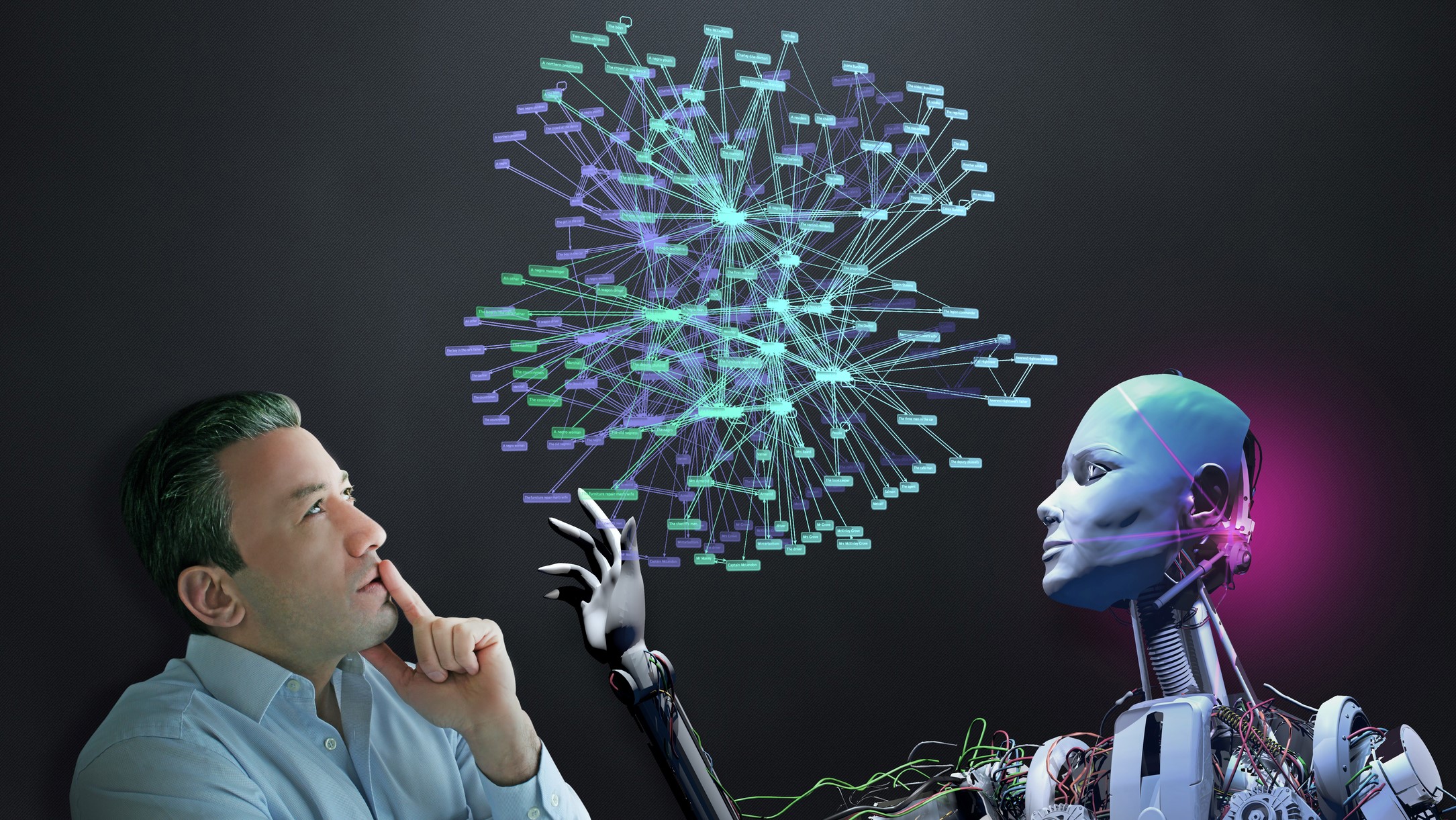What bots can learn from customer service agents
Chatbots aren’t quite ready to replace human operators

Technology is one of the few things in life we expect to just work. This is especially true when it comes to artificial intelligence (AI), which is a driving force behind today’s digital transformation. According to recent KPMG research, enterprises will spend an estimated £177 billion on intelligent automation technologies by 2025, with 49% of companies putting it to use in just three years. And that’s for good reason.
As next gen technology becomes more engrained in our personal lives (Siri for example is actively used on more than half a billion devices), we come to expect that same level of service into other aspects of our lives as well. This is especially true when it comes to customer service and support. AI-powered self-service is becoming more popular with chatbots handling simple, transactional queries to help customers get a resolution faster and allow agents to spend more time with customers that really need them.
While there is a lot of promise around how AI can change the customer experience for the better, we are still in the very early stages. To be successful, chatbots need to be able to offer a similar level of service the customer would get by calling into a call center. And while not all situations will be appropriate for a chatbot to handle, the ones that are, need to deploy the CX best practices human agents have used for years.
- How to avoid creating a pushy bot
- Over a third of companies now use AI in some way
- The future of work in the age of AI

Effective customer service
1. Don’t just hear…listen
A key to mastering the art of exceptional customer services is learning how to listen to your customers. This can be hard for a human and even harder for a chatbot. Since human speech is not always precise, a chatbot can’t just rely on scripted keywords and phrases, but must be able to “listen” to the question and understand the intent of what is being asked. It’s not about just knowing words, but also patterns so even if the same question is asked a thousand different ways, the chatbot can give a clear and correct answer. With chatbots constantly evolving, the use of Natural Language Processing (NLP) technology are allowing them to become more sophisticated, empathetic, contextual and conversational. There is a lot of buzz around the topic of humanisation of chatbots, and a big part of that is learning how to craft messages that will be empathetic enough to make a difference.
2.Treat every customer like a VIP
The best experiences we have as customers is when we walk away feeling valued. That feeling is conveyed when a brand knows who you are, your history with the company and can anticipate your needs. This level of service is generally only provided to a small subset of customers, but AI is making it possible for companies to provide VIP service to all their customers. Thanks to its ability to quickly analyse large amounts of data, chatbots can take a page out of the playbook of the best concierge and provide personalised, proactive service to everyone they meet.
Are you a pro? Subscribe to our newsletter
Sign up to the TechRadar Pro newsletter to get all the top news, opinion, features and guidance your business needs to succeed!
3. Be a team player
One of the worst things an agent can say is, “I don’t know” without providing any actionable next steps. While it is not realistic to expect customer service teams to always have the right answer, it is key that they have the resources available to redirect them to someone (a manager or a colleague) or someplace (a knowledge article) that can get them the right answer. The same must be true for chatbots. If they aren’t able to understand or answer a question, they must be able to seamlessly bring in a human agent that can help. And like any good teammate, the chatbot can set the agent up for success by providing background information on the customer and the current issue at hand.

Best of both worlds
In order to succeed in today’s always-on, digital world, businesses need to be able to answer questions and interact with their customers when, where and how they want. This means companies need to invest time and resources into understanding their customers’ expectations and deploying the right mix of people, process and technology in order to effectively (and cost efficiently) meet those expectations.
AI is emerging as a powerful way for companies to provide highly personalised 24/7 service customers without overtaxing support teams.
By delivering on an omni-channel customer service approach – including AI – customers get the best of both worlds: quick self-service when they want it and an empathetic human agent when they need it.
Ryan Lester, Director of Customer Engagement Technologies at LogMeIn
- Also check out how to build a chatbot for a website
Ryan Lester is the Senior Director of Customer Experience Technologies at LogMeIn. Prior to his role at LogMeIn, Ryan held various sales, marketing, and product positions at Intel Corporation, Cisco Systems, and Eaton Corporation. He has a passion for making new technology accessible and approachable.
